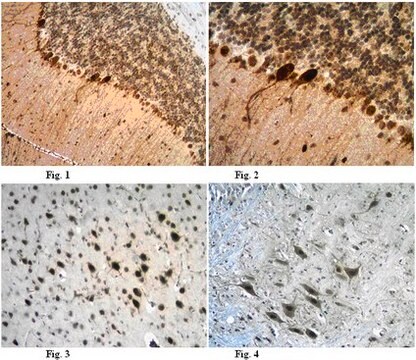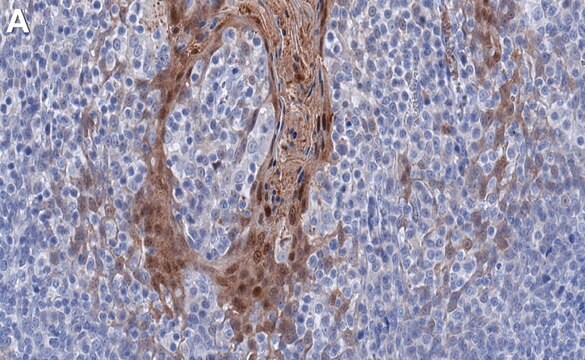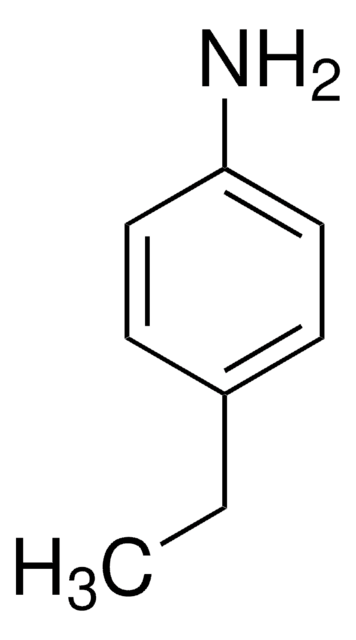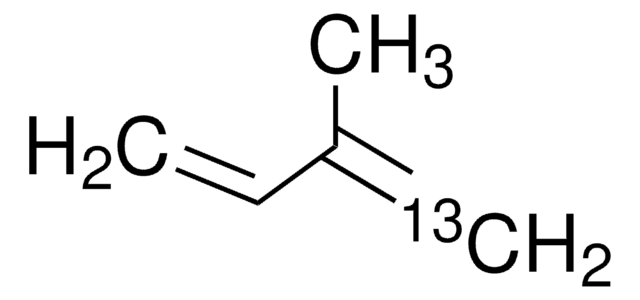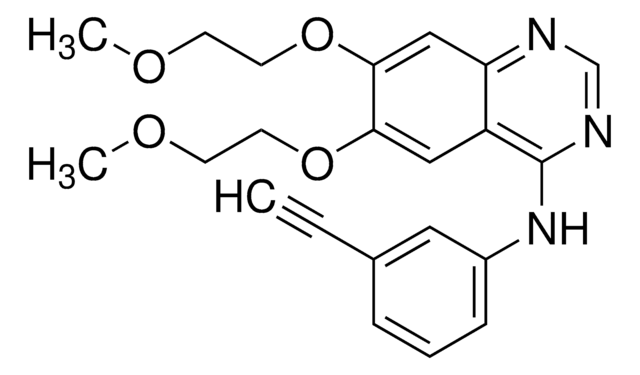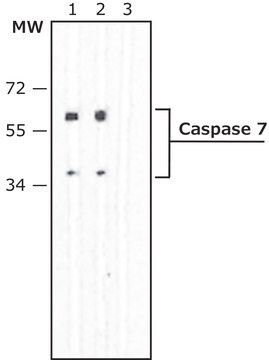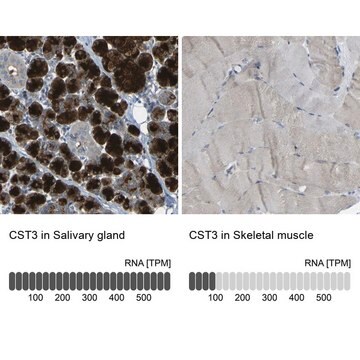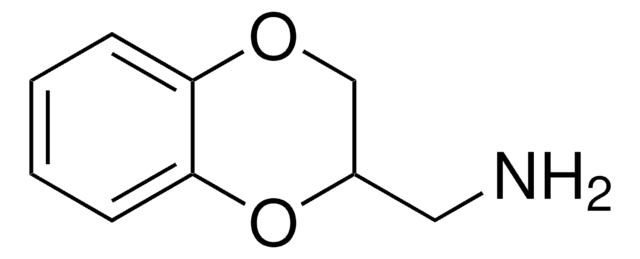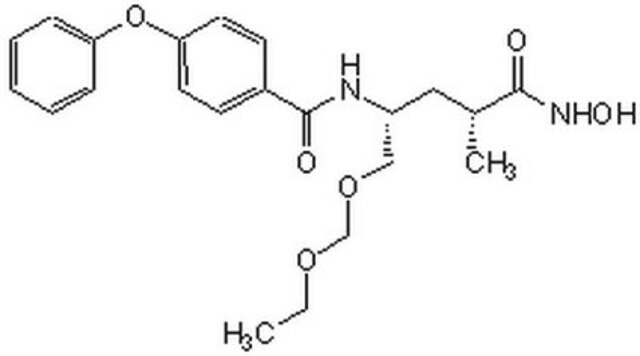SAB5702889
Anti-Cystatin C Antibody, clone 0Z4G3, Rabbit Monoclonal
Synonym(s):
ARMD11, HEL-S-2
About This Item
Recommended Products
biological source
rabbit
Quality Level
material
colorless
clone
0Z4G3, monoclonal
form
liquid
mol wt
15 kDa
species reactivity
mouse, mouse
concentration
0.16 mg/mL
technique(s)
western blot: 1:500 - 1:2000
color
colorless
isotype
IgG
immunogen sequence
MAGPLRAPLLLLAILAVALAVSPAAGSSPGKPPRLVGGPMDASVEEEGVRRALDFAVGEYNKASNDMYHSRALQVVRARKQIVAGVNYFLDVELGRTTCTKTQPNLDNCPFHDQPHLKRKAFCSFQIYAVPWQGTMTLSKSTCQDA
UniProt accession no.
shipped in
wet ice
storage temp.
−20°C
target post-translational modification
unmodified
Gene Information
human ... CST3(1471)
General description
Immunogen
Application
Storage Class Code
10 - Combustible liquids
WGK
WGK 1
Choose from one of the most recent versions:
Certificates of Analysis (COA)
Sorry, we don't have COAs for this product available online at this time.
If you need assistance, please contact Customer Support.
Already Own This Product?
Find documentation for the products that you have recently purchased in the Document Library.
Our team of scientists has experience in all areas of research including Life Science, Material Science, Chemical Synthesis, Chromatography, Analytical and many others.
Contact Technical Service